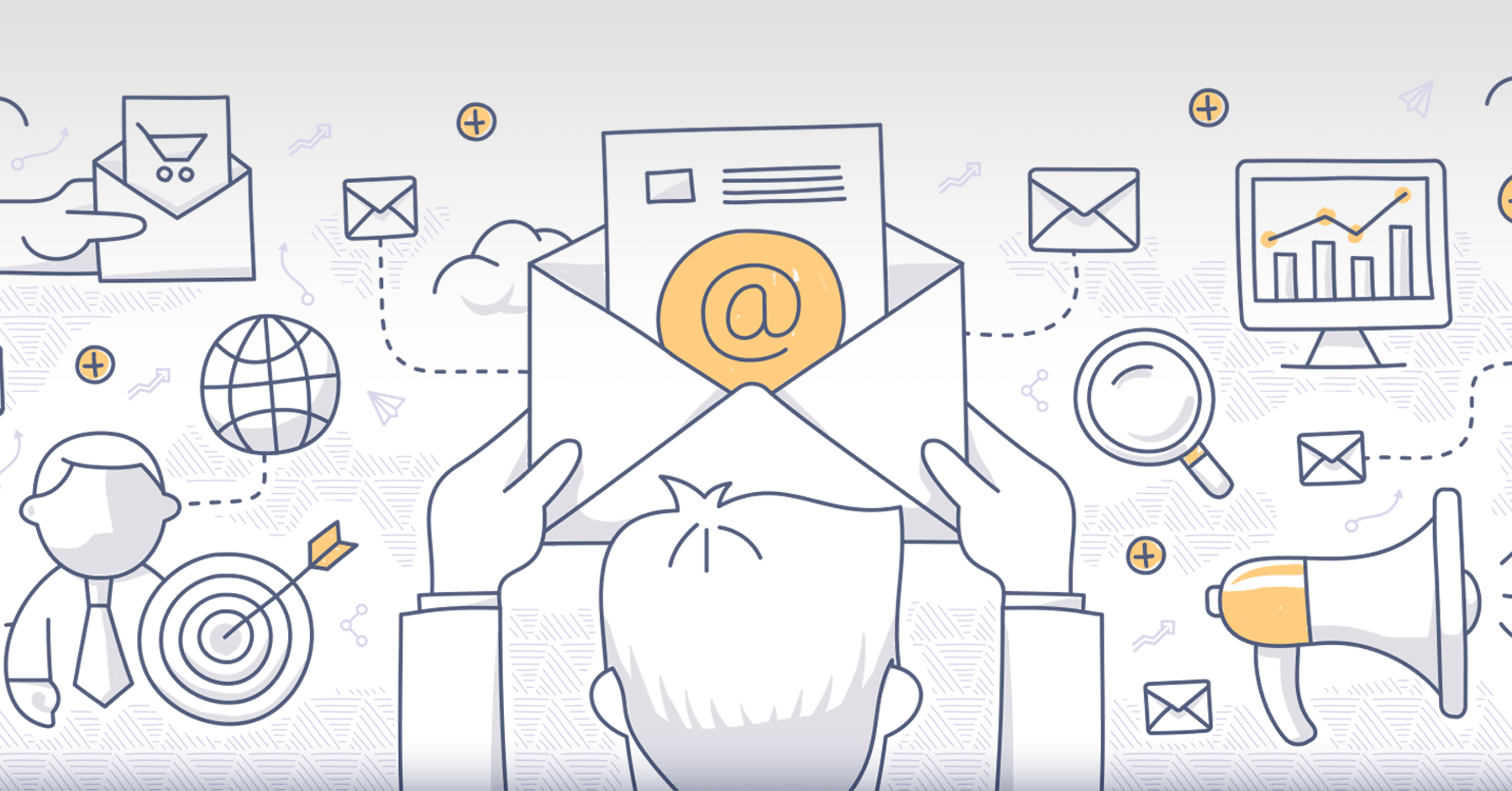In 2024, Google and Yahoo are set to implement new email requirements to enhance security, reduce spam, and improve user experiences. These changes will mainly affect bulk email senders, who will face stricter authentication and anti-spam regulations. Here’s an overview of what you need to know and actionable tips to prepare:
Key Changes in Email Requirements
Enhanced Authentication: Both Google and Yahoo will expand and strengthen authentication requirements for email senders. This includes setting up SPF (Sender Policy Framework) or DKIM (DomainKeys Identified Mail) email authentication for their domain.
One-Click Unsubscribing: Senders are required to facilitate easy unsubscribing for commercial emails. An unsubscribe link must be included in each email, and unsubscribe requests should be processed within two days of receipt.
Spam Complaint Rate Thresholds: Senders must keep their spam complaint rate below 0.3%, as reported in Postmaster Tools. This rate is a crucial factor in maintaining good deliverability and avoiding penalties.
Who Will Be Affected?
All Email Senders to Personal Gmail Accounts: Basic standards, including the spam complaint rate threshold, apply to all senders to personal Gmail accounts.
Bulk Email Senders: Defined by Google as those sending close to 5,000 messages in a 24-hour period at least once, bulk senders must adhere to a more rigorous set of standards. Yahoo’s definition of bulk senders isn’t explicitly stated but can be inferred from their guidelines.
Actionable Tips for Preparation
Review and Update Email Practices: Check whether your current email practices align with the new guidelines. This includes auditing your email templates and ensuring they comply with the RFC 5322 standards.
Implement Necessary Authentication Protocols: If you haven’t already, set up SPF, DKIM, and DMARC authentication for all your sending domains and IPs. This step is essential for compliance and to maintain good deliverability.
Ensure DNS Record Accuracy: Check and update your DNS records to ensure that each of your sending IPs is accurately represented. Accurate DNS and reverse DNS records are crucial for compliance.
Activate One-Click Unsubscribe and Fast-Response Unsubscribe Processes: Include the list-unsubscribe header in your emails to facilitate one-click unsubscribing. Review all email templates to ensure they contain an easy-to-find, active unsubscribe link.
Monitor and Control Spam Complaints: Keep your spam complaint rate significantly below the 0.3% threshold. Regular monitoring and addressing recipient feedback can help maintain a lower complaint rate.
Adhere to Best Practices for Message Formatting: Ensure your emails comply with the formatting standards, such as RFC 5322 for Gmail and RFC 5321 for Yahoo.
Avoid Deceptive Practices: Do not use misleading ‘From’ headers, and ensure your emails clearly indicate who is sending them. This transparency is crucial for maintaining trust and compliance.
Conclusion:
By taking these steps, you can ensure compliance with the new email-sending guidelines of Google and Yahoo, thereby preserving your deliverability and engagement rates in 2024.
Keep Reading
Want more? Here are some other blog posts you might be interested in.
If a society loses the ability to sit with its own thoughts, has something rotten taken hold at the core, or ...
If you do not know who your product is for, it will not sell. The market is not cruel, it is ...
Most B2B “lead problems” are not lead problems. They are “we never got them to a meeting” problems. The ad did its ...
For founders and growing companies
Get all the tips, stories and resources you didn’t know you needed – straight to your email!



